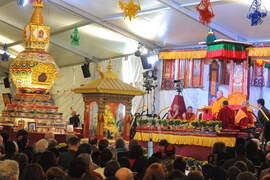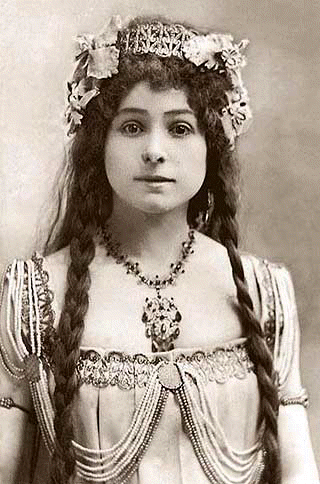Drying Wet Blankets

“If Buddhism and science disagree, Buddhism must give way to science.” - The Dalai Lama
I attended a neuroscience conference in Boston in 2003 that included His Holiness the 14th Dalai Lama. His speech was packed with local devotees but the conference was scientific and hosted by MIT and Harvard Medical School.

The book Mind Science - and East/West dialog was published around the same time. The first author is the Dalai Lama. He pulls rank.
One of the other 4 authors is Daniel Goleman. You know Dan Goleman because he coined the term EQ and wrote “Emotional Intelligence”. Well before you ever heard of Daniel Goleman he was my hero because he wrote some of the first scientific books on meditation. He, like me, wanted to study meditation as a PhD but felt blocked by the establishment because meditation was considered cooky voodoo in the 80s. He gave up and wrote for the New York Times. I gave up, wrote software (because I can and he can’t) and now I’m just writing for my own little Mindful Nomad site. 😁
Another author was Herbert Benson, MD. He published a very popular book called “The Relaxation Response”. It was the first widely known guide to meditation for the general public. Dr. Benson was a cariologist and the founder of the Mind/Body Institute at Massachusetts General Hospital. (We’ll also continue to return to my great home state of Massachusetts as we cover the science of meditation.)
Here’s Dr. Benson, many years later, explaining The Relaxation Response. This is a very simple and effective meditation technique. It’s stripped down to the bare essence and anyone can do it. As a cardiologist, his main goal was to reduce heart attacks by reducing stress.
The difficulty with studying meditation is finding something science can grasp onto. This will be a common theme as we discuss the science of meditation. Dr. Benson found something measurable in cardiograms of meditators - a great first step to show the world that meditation has positive scientific effects.
It works well but it just scratches the surface of what meditation can do, as you’ll soon see.
“Mind Science” conveys stories about what Harvard doctors found when they visited the Himalayas. As we journey into the science of Yoga we’ll see that some of the greatest breakthroughs in psychological science were only uncovered from visits to the Tibetan Buddhists in the Himalayas. Why were these Harvard doctors interested in going to the Himalayas? They weren’t dropping acid. (Coming: link to a planned story on Harvard’s Ram Dass).
The story begins with reports from Western travelers in the 1920s about fascinating tales of the feats of the Tibetan Buddhist monks. These stories inspired Benson to study the Tibetan monks. One amazing survival story stands out.
Alexandra David-Néel is a famed French-Belgian explorer, opera singer, Buddhist scholar and mystic.

In 1912, David-Néel met the 13th Dalai Lama. she received advanced instruction in Tibetan Yoga and learned the technique of tummo. In Tibetan Buddishm tummo is the fierce goddess of heat and passion. It is also a Tantric meditation practice for creating inner heat.
From Wikipedia:
The practice begins by visualizing the body’s energy channels, winds, drops, and chakras. Inner heat, generated through specific breath-holding exercises, helps vital winds enter the central channel, leading to blissful experiences. The practice also involves focusing on seed syllables at the chakras and combining them with meditation on emptiness. Over time, practitioners aim to master this process, achieving heightened states of clarity, inner heat, and bliss.
If you are wondering why the description is vague it’s because these practices are taught in an oral tradition. You have to learn from a master and they will only teach you if you sincere, moral and ready. Even tummo is scratching the surface of the power of meditation. It cannot be given out lightly and must be entrusted to people who follow a strict moral code.
In 1924, David-Néel made the difficult crossing of the uncharted Himalayas into its capital, Lhasa, which was forbidden for most foreigners at the time.
David-Néel was dressed in disguise but eventually her cover was blown because she washed herself in the river every morning. Culture strikes again!
She retreated into the mountains and resorted to tummo to survive the frigid Himalayan conditions. She was able to produce enough heat with just her mind and make a safe passage. You can read about her amazing story in My Journey to Lhasa
These stories inspired Dr. Benson. He wrote about them in “The Relaxation Response” and “Mind Science”. For a scientist it has the key ingredient - heat is measurable.

Comments
Join the conversation! Subscribe to leave comments and engage with our community.
Subscribe to Comment